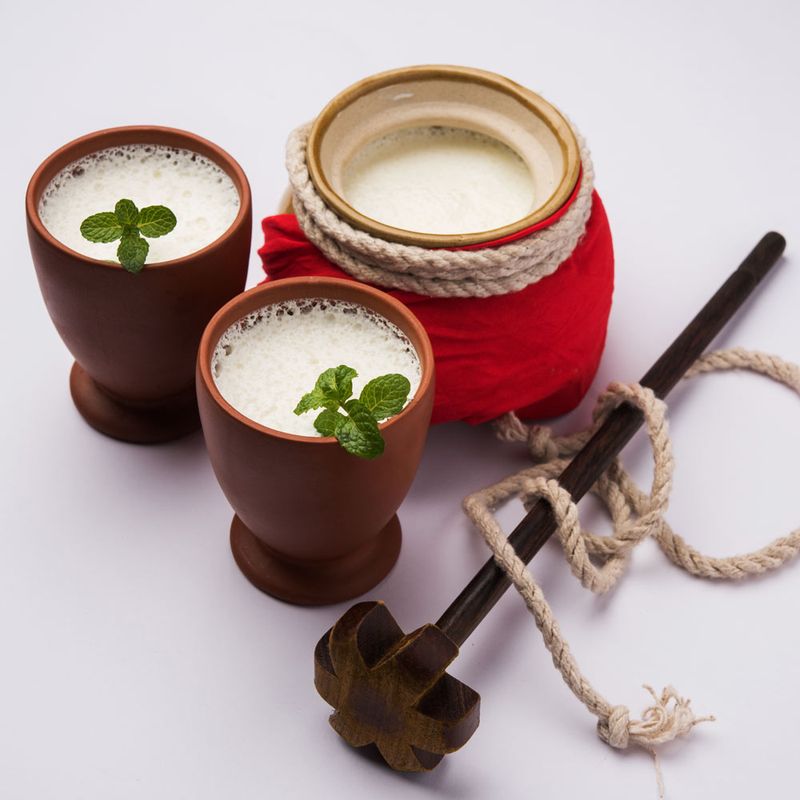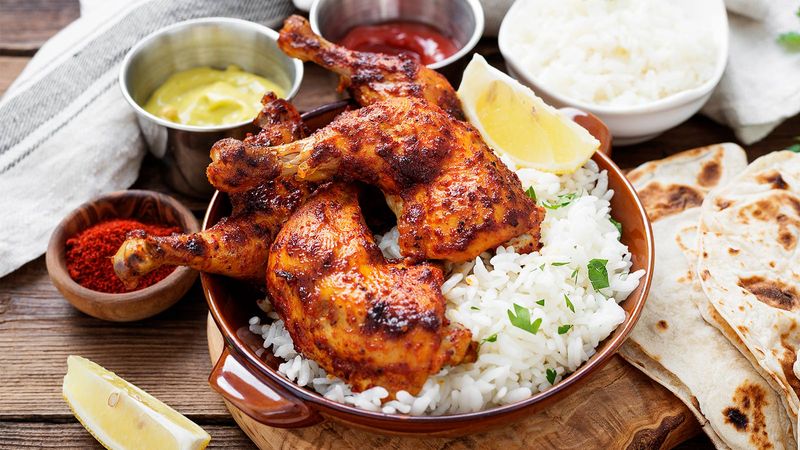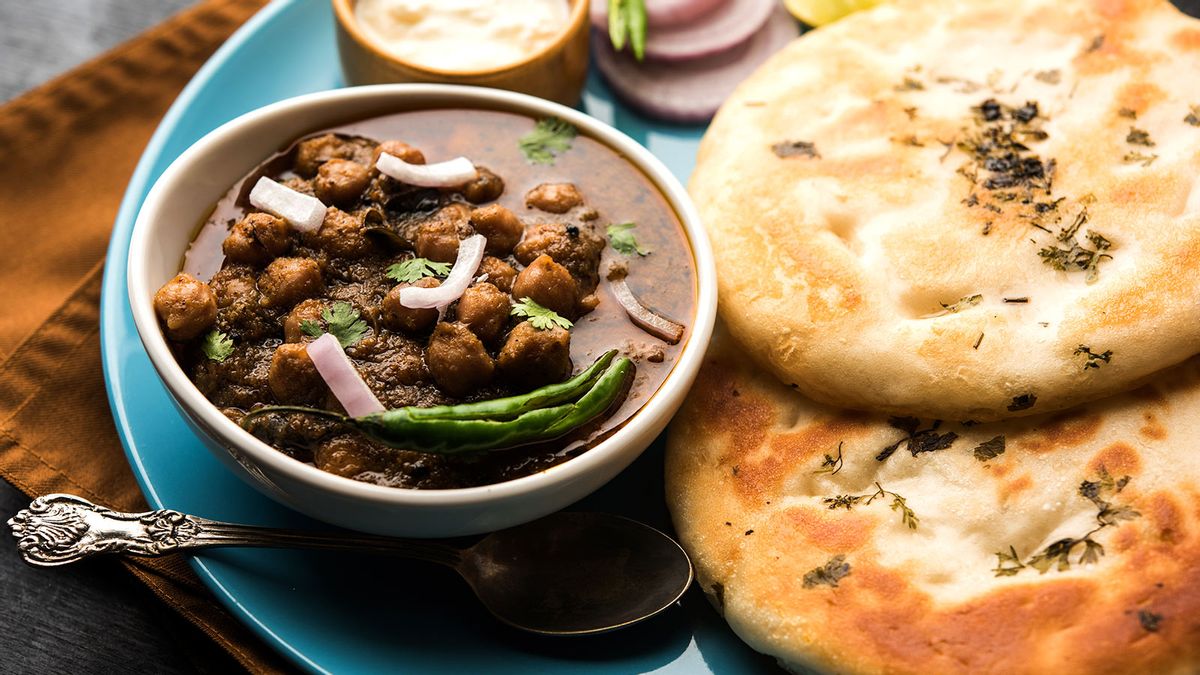Anyone who has ever been to Amritsar will come back with some of these stories—the Langar at the Golden Temple, eating Chole and Amritsari Kulchas, and shopping for Phulkari dupattas. Let’s leave the finely embroidered Phulkari for the fashion mags to address, and head straight for the khana-shana. Because Amritsar!

Our host Renu Verma, a nutritionist, has laboured on a thali that is a beautiful tapestry of stories. First the bread—missi roti, Amritsari kulcha and makai ki roti take a prominent spot on the thali. You can eat them with keema kaleji—minced mutton liver cooked with mustard oil and garam masalas; creamy Butter Chicken and bite into a succulent portion of Bhatti ka Murgh. There are seasonal veggies, greens and lentils too—winter special Aloo Gobhi and Sarson ka Saag, rich stewy Ma Makhni and spicy Chole. A tall glass of salted Chaach lies in waiting, to wash it all down.
Some items clearly emerge as the heroes—like the “gluten-free” Makai ki Roti (Verma cannot help attaching a nugget of health info to everything she’s cooked and is serving), paired famously with Sarson ka saag or mustard greens. This hugely popular dish is so synonymous with North Indian winters, that the vegetable vendors are left with special instructions to set aside the first mustard greens of the season.
A green winter
Travel to any city or town in North India when the temperatures have dipped and there is a discussion around who makes the best sarson ka saag. Come weekends and highway dhabas are brimming with people who have driven several miles to eat at these truck pitstops, in search of rustic flavours and (very few admit it) unsalted, home-churned white butter.
“Sarson ka saag is actually a medley of greens. Mustard leaves have a sharp flavour, so spinach, radish greens and bathua leaves are added to it. It is a simple preparation, without tomatoes and masalas. Mustard is a winter crop and tomatoes are a summer harvest, so traditionally, they never got along together,” explains chef Kunal Kapur.
Butter chicken vs Bhatti ka murg

Butter Chicken has been the flagbearer of Punjabi food. For a community that likes everything ‘malai maar ke’, this butter-and-cream dish with chunks of tandoori chicken swimming in a tangy tomato gravy is on every celebratory menu. But Amritsar gives it stiff competition with its Bhatti Ka Murg—a local speciality that has curiously not made a dent on restaurant menus in other cities.
Cooked on a charcoal sigdi, this smokey, juicy murgh is made by first marinating the bird with Kala Masala—a local recipe made by grinding roasted cumin seeds (to a dark, almost kala brown), and ground with roasted anardana, pepper, cloves and black cardamom. The masala is also used in the dark gravy for Pindi chole and lamb and chicken dishes. “Most of us like to grind fresh Kala masala for the Bhatti ka murg,” Verma tells us, but that’s a story for another time.
The art of making kulcha
Pointing out the peculiarities of Amritsar’s culinary craftsmanship, Kapur picks out the Kulcha. “In Amritsar, the Kulcha is baked in two tandoors—one, with medium heat cooks it evenly inside, and the other, which has been stoked to a higher temperature, cooks the outer layers to a crisp. That’s what sets the Amritsari kulcha apart.”
Later, as we step out to explore the city, Happy Singh at Kulchaland shows us how this is done in a single tandoor. He first bakes the Kulcha by plastering it on the inner wall of the oven, then expertly pulls it out and roasts it in burning embers at the bottom. The Kulcha then passes into the hands of his colleague who smears it with generous amounts of butter before serving.
Despite having a conscientious nutritionist for company, we have overeaten. But Atte Ka Halwa is difficult to pass. It is said that the recipe for this halwa distributed as Khara Prashad at all gurudwaras, dates back to the time of Guru Gobind Singh, the tenth Sikh Guru. Cooked with equal parts wheat flour, desi ghee and sugar, it is symbolic of equality, our host tells us. Let us add that it is undoubtedly a flavour that we’re going to remember for a long time!



